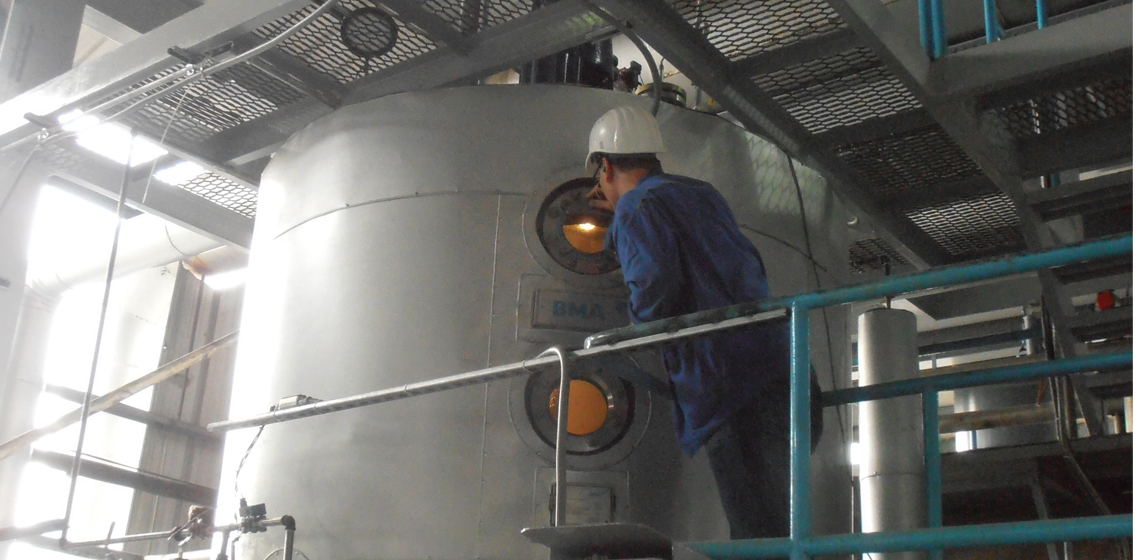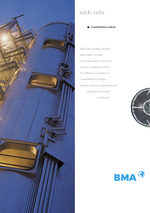When slurry is used as seed for pan boiling, the technological and economic demand that the product crystallizate be low in aggregates and free of fine crystals cannot be met. As the total surface of the slurry crystals is too small, the supersaturation increases during the crystal formation phase beyond the metastable region, because in this phase crystal growth cannot cope with the concentration of the solution.
Secondary nucleation, but formation of aggregates in the first place, deteriorates the product quality. In addition, a large percentage of the slurry crystals added are remelted due to the uneven supersaturation profile in a conventional pan. However, this (from a crystallization technology point of view) difficult seeding phase decisively influences the quality of the final product. To make this phase easier to control, it proved to be good to separate it from the boiling process, in terms of both time and space.


